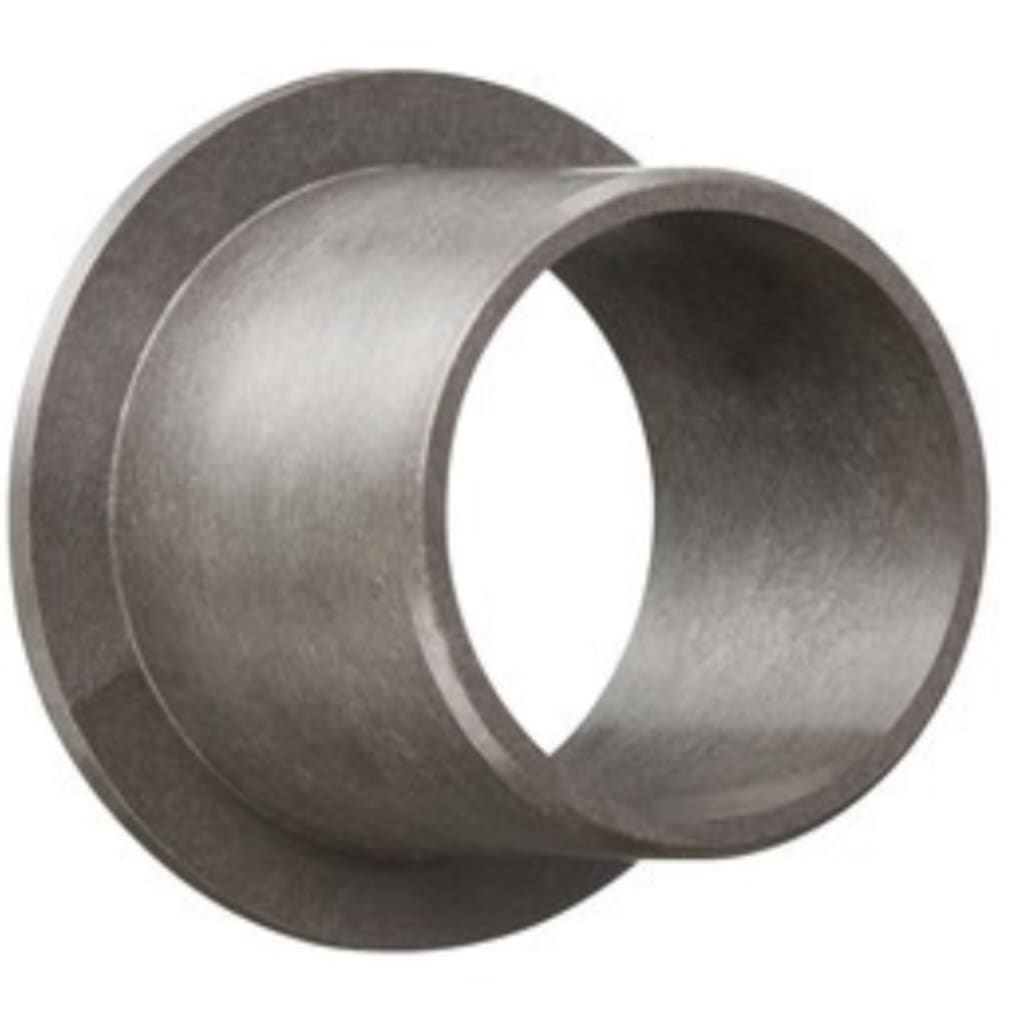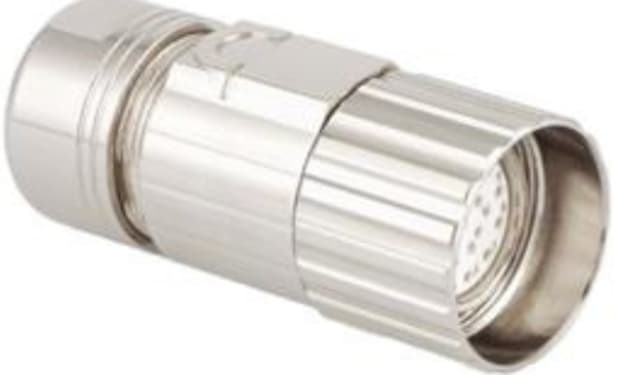What are the Advantages and Limitations of Plain Bearings in Industrial Applications?
Exploring the Benefits and Constraints of Plain Bearings in Industrial Applications

Plain bearings, also known as sleeve bearings or bushings, play a crucial role in various industrial applications. These simple but effective components offer several advantages that make them popular choices in different industries. However, like any other engineering solution, they also have certain limitations. In this article, we will explore the advantages and limitations of plain bearings, shedding light on their importance and factors to consider when implementing them in industrial applications.
Introduction
Plain bearings are simple mechanical components designed to provide support and reduce friction between moving parts. They consist of a cylindrical sleeve made of various materials, such as metal, plastic, or composite, which surrounds a rotating or sliding shaft. Plain bearings find applications in a wide range of industries, including automotive, aerospace, machinery, and more.
Advantages of Plain Bearings
1. Low Friction and High Efficiency
One of the significant advantages of plain bearings is their ability to minimize friction. The sliding action between the shaft and the bearing's inner surface results in reduced frictional forces, leading to improved efficiency in machinery. This characteristic makes plain bearings suitable for high-load applications where minimizing energy losses is essential.
2. Load Capacity and Shock Absorption
Plain bearings exhibit excellent load-carrying capabilities. They can withstand both radial and axial loads, making them suitable for applications with varying load conditions. Additionally, the material properties of plain bearings, such as their ability to dampen vibrations, enable them to absorb shocks and reduce the risk of damage to other components.
3. Self-Lubrication
Many plain bearings offer self-lubricating properties, eliminating the need for external lubrication systems. These bearings incorporate solid lubricants or porous materials that release lubricating substances during operation. Self-lubricating plain bearings minimize maintenance requirements and ensure smooth operation in challenging environments where continuous lubrication may be impractical.
4. Cost-Effective Solution
Compared to other types of bearings, plain bearings are often more cost-effective. Their simpler design and manufacturing process result in lower production costs, making them an attractive option for budget-conscious industries. Additionally, their long service life and reduced maintenance requirements contribute to overall cost savings over the lifespan of the equipment.
5. Easy Installation and Maintenance
Plain bearings are relatively easy to install and maintain. Their simple design allows for straightforward assembly and disassembly, reducing downtime during maintenance or replacement. With proper installation and regular inspection, plain bearings can provide reliable performance for extended periods without significant issues.
Limitations of Plain Bearings
1. Limited Speed and Temperature Range
Plain bearings have certain limitations regarding speed and temperature. At high speeds, plain bearings may experience excessive heat generation due to friction, leading to premature wear or failure. Similarly, extreme temperature variations can affect the dimensional stability and material properties of the bearings, reducing their performance and lifespan.
2. Clearance and Tolerances
To function optimally, plain bearings require appropriate clearances and tolerances. Insufficient clearance can lead to increased friction and overheating, while excessive clearance can result in instability and decreased load capacity. Achieving the right balance between clearance and tolerances is crucial for the proper functioning of plain bearings.
3. Contamination Sensitivity
Plain bearings are sensitive to contaminants such as dust, dirt, and moisture. Foreign particles can infiltrate the bearing clearance and impair its performance. Regular cleaning and protection measures, such as seals and shields, are necessary to prevent contamination and ensure the longevity of the bearings.
4. Noise and Vibration
Under certain operating conditions, plain bearings can generate noise and vibrations. These vibrations can be transmitted to other components and affect the overall system's performance. Careful selection of bearing materials and adequate lubrication can help minimize noise and vibration issues associated with plain bearings.
5. Wear and Lifespan
While plain bearings offer good load-carrying capacity, they are prone to wear over time. The continuous sliding or rotating action causes gradual wear, which can eventually lead to increased clearances and reduced performance. Regular inspection, lubrication, and timely replacement are essential to maintain the desired functionality and extend the lifespan of plain bearings.
Conclusion
Plain bearings are vital components in various industrial applications, providing low-friction support and reliable operation. Their advantages include low friction, high load capacity, self-lubrication, cost-effectiveness, and ease of installation and maintenance. However, plain bearings also have limitations, such as limited speed and temperature range, sensitivity to contamination, noise and vibration generation, and wear over time. Understanding these advantages and limitations is crucial for selecting the appropriate bearing solution for specific industrial applications.
Frequently Asked Questions (FAQs)
Q1: Can plain bearings be used in high-speed applications?
A1: Plain bearings have limitations in high-speed applications due to heat generation caused by friction. It is essential to consider alternative bearing solutions for such applications.
Q2: How often should plain bearings be lubricated?
A2: The lubrication requirements for plain bearings depend on factors such as operating conditions, load, and speed. It is recommended to follow the manufacturer's guidelines for lubrication intervals.
Q3: Are plain bearings suitable for heavy-load applications?
A3: Yes, plain bearings are known for their excellent load-carrying capabilities, making them suitable for heavy-load applications where high reliability is required.
Q4: Can plain bearings operate in harsh environments?
A4: Plain bearings can operate in challenging environments, but appropriate sealing and protection measures should be implemented to prevent contamination and ensure optimal performance.
Q5: How long do plain bearings typically last?
A5: The lifespan of plain bearings depends on factors such as operating conditions, maintenance practices, and load. With proper maintenance and regular inspections, plain bearings can provide reliable service for extended periods.





Comments
There are no comments for this story
Be the first to respond and start the conversation.